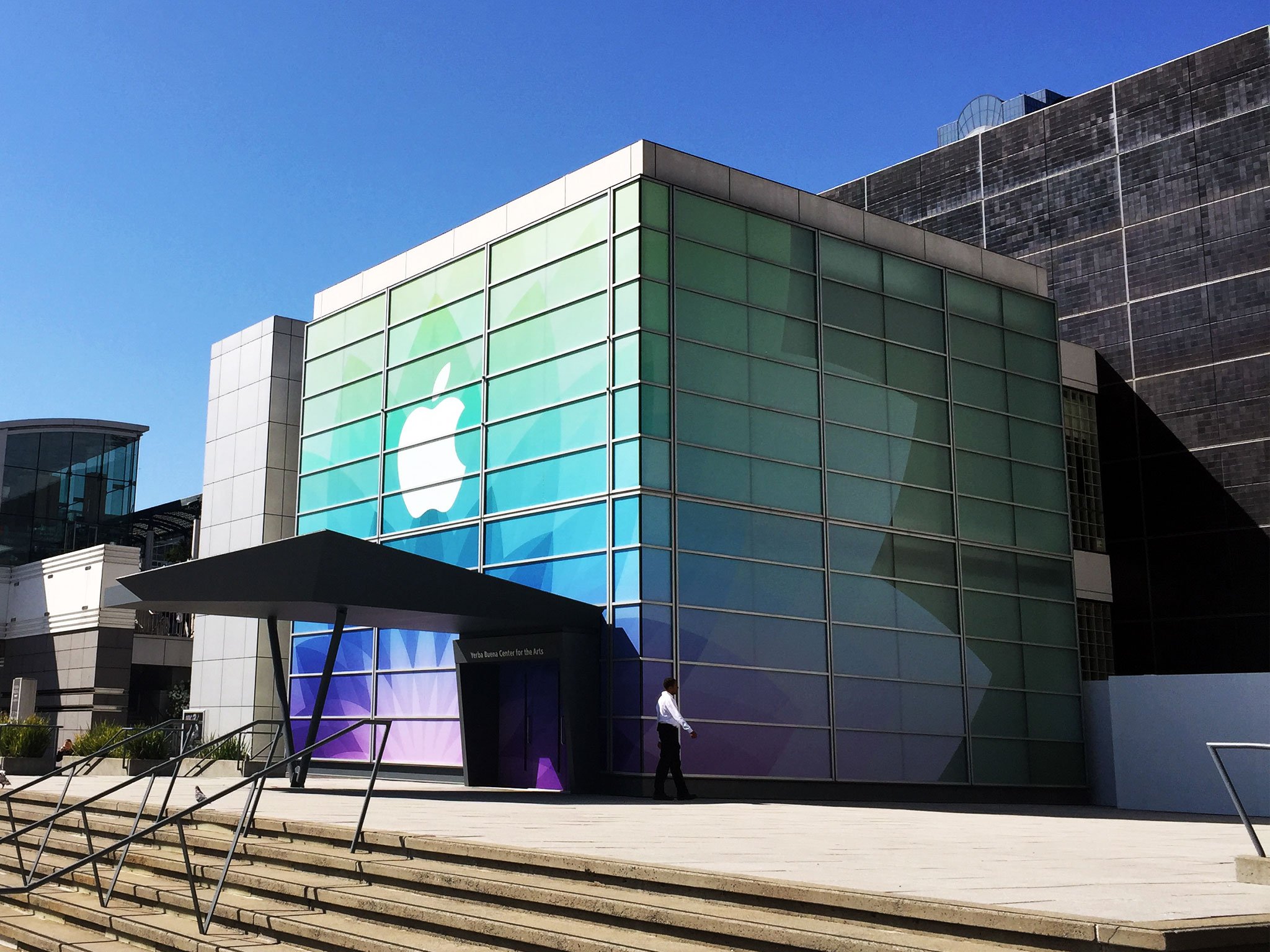What else can Apple do?

The past year was very positive for the Cupertino behemoth. With the iPhone 6 and iPhone 6 Plus dominating the news before and after launch, it was a year of strong financial performance and increasing market momentum.
When I look at Apple overall, I see a company that has been able to grow its brand and market share by marrying software, ease of use, and elegant design – but ultimately by selling hardware. The nice shiny objects are what get consumers' attention. This can be seen by looking at the level of replacement sales that Apple's iPhone upgrades have generated. In years where improved software and services were introduced alongside changes in design, replacement sales have been greater. With the iPhone 6 and iPhone 6 Plus, Apple played the "larger screen" card that many have been waiting for, and the mix of replacement cycles from previous iPhone models, as well as conversion from Android, have been amazing. This upgrade cycle technique has worked well for them, but it's a strategy with a finite horizon, since all hardware – even Apple hardware – is subject to eventual commoditization. It's an unavoidable truth for any manufacturer.
Apple certainly understands this and, on top of delivering value through the ecosystem and software, is planning for growth in other areas with different revenue opportunities. Apple Pay is at the top of their list. Another important new area will be a music pay-for-service (as opposed to a live-stream service) that would leverage the 2014 acquisition of Beats Music and Beats Electronics.
It's an approach that asks, more urgently than ever: "How do we add value to the hardware – value that doesn't necessarily come from the hardware itself?"
This impacts the consumer decision matrix when considering the iPhone 6 or iPhone 6 Plus. Will a person buy the iPhone 6 because of Apple Pay? Perhaps not today, but in a year's time – when Apple Pay is everywhere, when the consumer better understands the value and perceives the convenience – absolutely. This will cement the relationship that people have with Apple, and drive revenue to Apple from sources other than the consumer.
I believe that Apple will continue to build value into their platforms – and consumers will perceive that value coming not only from cool hardware, but from the full range of great services that run on a seamless platform, regardless of which one of their portfolio of Apple devices they may be using. This is how Apple will continue to drive increasing user loyalty.
Through their partnership with IBM, Apple is also moving in a more distinct way into the enterprise. While Apple's products have been used in the enterprise for years, most of them make their way there through the backdoor of "Bring Your Own Device" (BYOD). With IBM, Apple can more effectively penetrate IT departments without having to compromise their "consumer first" focus. Rather than trying to do it alone, Apple looked for a well-established brand in the enterprise market that has the trust of many CIOs. Moving deeper into the enterprise will increase sales volumes, with less seasonal influence and price sensitivity, and also increase the amount of time users spend on their devices.
Master your iPhone in minutes
iMore offers spot-on advice and guidance from our team of experts, with decades of Apple device experience to lean on. Learn more with iMore!
In the midst of all this, there is the wearables-unknown represented by the Apple Watch. While today's consumers might say they are not interested in wearables, we know that Apple can create new markets. Both with the iPhone and iPad, Apple reinvented markets that existed previously in smartphones and tablet PCs. Apple has been clever in emphasizing the design of the Apple Watch. This will allow for a wider addressable market than focusing on tech alone. It also aligns nicely with Apple's ability to deliver technology in a seamless way, making its gadgets more appealing to consumer segments that are not "into" technology, per se. For example, consider the adoption of the iPad by customers over 50. While the attention is on sales, and the crystal balls are out as we determine volumes and replacement cycles, I would argue that what Apple Watch will do for Apple, beyond additional revenue, is much more interesting and will have longer impact. The Apple Watch should:
- Lock in the most valuable consumers more securely.
- Help Apple understand more about these consumers by spending almost 24 hours a day with them. The battery charge time is about the only time you will not wear it. As Mr. Cook recently stated, he takes it into the shower with him!
- Make Apple Pay even easier, driving usage.
- Offer more revenue opportunity to developers, solidifying Apple's leadership in the app store business.
- Give Apple a hook into the ecosystem for users who might have a smartphone on a different OS, but want Apple Watch. In France, for instance, 63% of consumers on an Android smartphone would change their OS for a wearable device. Yet, our study says only 16% of French iOS users are willing to leave the Apple ecosystem.
- Apple Watch might also become a "hero" product for Apple, allowing more flexibility on the iPhone pricing, especially in emerging markets. This way, Apple could have its cake and eat it, by maintaining the prestige of the brand while driving iPhone into even more pockets.
Do I expect Apple to actually make a car? I don't. It won't go that far. But I do think they want to be in our cars, and they are presently working toward that goal. While CarPlay hasn't taken off as fast as some expected, do I believe Apple will control my dashboard? Absolutely.
Apple is all about my user experience. As their customer, Apple wants to further expand that connection with me into my car, home, work, and leisure and learn more about what I do. With that new understanding, they can perfect the devices and services they offer. That's the core difference between Apple and Google. Google wants to know more about me so they can perfect their search and advertising technologies. That's not what Apple does. Apple uses knowledge about me to make and sell more and better devices to me, to perfect the software and services that motivate me to use the products I have, and to expand my portfolio of their products.
Unlike its competitors, Apple OS doesn't exist in a vacuum, but has long been an integral part of the consumer platform mix. They haven't merged iOS and MacOS – some say they will, and some say they won't. They're making it very simple for consumers to move painlessly from one to the other. All consumers care about is that the experience they get – phone, tablet, Mac – is very similar. It's enriched and takes advantage of the unique design elements of the different products, but rarely requires me to learn something that feels foreign.
Apple has always sought to sell more devices to the same household, rather than one thing to everyone. They don't want to become a mass-market brand, but they do want to sell me as many pieces of the platform as I will buy – the iPhone, iPad, Mac, Apple TV, and Apple Watch. This has made for a very loyal, committed, and engaged customer base. It's a customer base that drives multiple kinds of revenue and produces excellent ROI. It also distinguishes Apple from virtually every one of their competitors, although others are trying to adopt some of the same strategies. This allows them to deliver value through software and services, and not just hardware. While this approach is a harder sell for the mass-market consumer, the higher-end consumer appreciates and values it.
Apple continues to confound pretenders to the throne. No other technology company has ever built a more valuable, more engaged set of customers.
Carolina Milanesi is Chief of Research at KANTAR WORLDPANEL ComTech. Carolina joined KWP Comtech in 2014 after 14 years at Gartner, most recently as their Consumer Devices Research VP and Agenda Manger. You can follow her on Twitter @carolina_milanesi.

